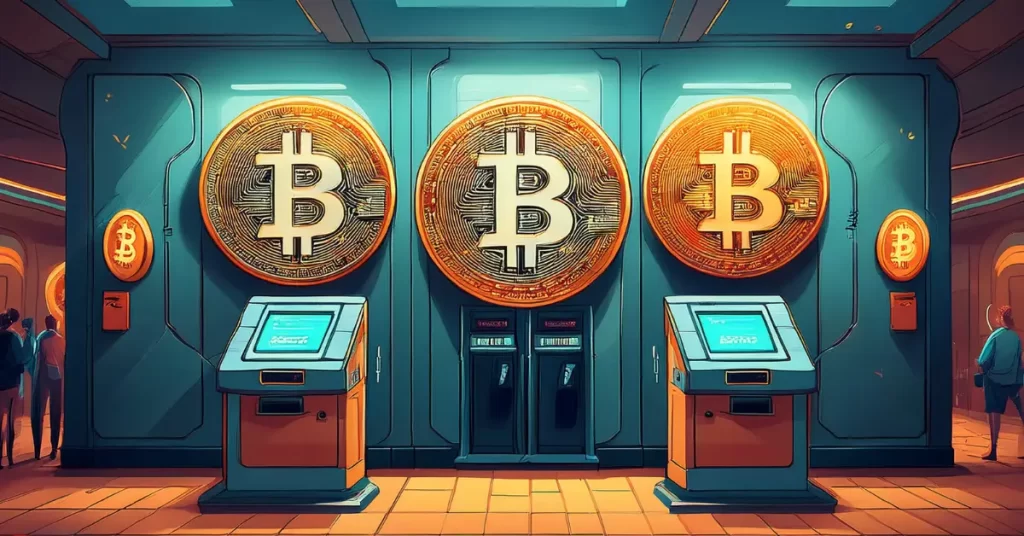Nvidia decided to redesign its AI servers around smartphone-style memory chips, which has sparked disruption across the semiconductor industry. Counterpoint research has revealed that the shift could double global server memory prices by the end of 2026.
According to the research, Nvidia shifted from DDR5 server memory to LPDDR, a low-power-consuming chip commonly used in mobile devices. The shift forms as part of Nvidia’s efforts to reduce power consumption in AI servers, which have been considered energy-intensive in modern data centers.
Although the new architecture adopted by Nvidia will reduce operational costs, some analysts have argued that it’s creating intensive pressure across the memory supply chain.
DRAM prices surge 171% as Samsung and Micron prioritize HBM for AI
So far, memory manufacturers have shifted most of their focus towards high-bandwidth memory (HBM), which is primarily used in advanced AI accelerators, resulting in a reduction in DRAM memory production. DRAM is widely used in consumer computing to automotive electronics, according to Counterpoint research, which has caused a widespread shortage across multiple sectors.
Major manufacturers for memory parts, such as Samsung Electronics, SK Hynix, and Micron, acknowledged the reduction in output of lower-end DRAM memory capacity, with much of their focus directed to HBM. The shortage has triggered a surge in DRAM prices, which recorded a 171.8% year-over-year increase in the third quarter. Retail prices for DDR5 components for PCs have also doubled in a short period, following the diversion of supply chain attention toward AI data center customers.
According to Counterpoint Research, Nvidia’s shift of its memory architecture introduced a new layer of pressure. For instance, LPDDR, which is commonly used in smartphones, is now being produced in large volumes to meet the demand for AI servers, placing Nvidia among the most prominent firms by market capitalization. The research warned that reclassifying LPDDR as a core component for AI data centers is an upheaval that the supply chain cannot easily adapt to.
The research published by Counterpoint revealed that the shift has created a dilemma across the semiconductor industry, with chipmakers struggling to decide whether to focus their attention on manufacturing more capacity of LPDDR, which may exacerbate the shortage in other sectors, or prioritize HBM production to meet the demand for AI accelerators. Both decisions pose a risk to the global memory markets as revealed by the research.
DRAM and LPDDR shortages threaten cloud infrastructure costs increase
Based on the research, an increase in LPDDR demand is expected to trigger a doubling of server memory prices by late 2026. The study noted that cloud providers, AI developers, and hyperscalers would face the immediate impact, yet they are already struggling with rising costs tied to GPU and power infrastructure upgrades.
Micron, SK Hynix, and Samsung have already invested in high-bandwidth and advanced DRAM production capabilities. Shifting towards LPDDR means that new fabricators will be required, which the study noted are capital-intensive and require multi-year development cycles. Notably, the sector underinvested during the post-2023 memory downturn, leaving the semiconductor sector with limited capacity to handle the sudden AI-driven demand.
So far, Nvidia stock has surged to higher highs, increasing approximately 35% year to date, following a shift in AI spending in 2025. The stock price is currently up 23% in 2025, trading at $181, with a year-to-date range of $86.63 to $212.19. The current price marks a brief drawdown after the asset’s price doubled since the beginning of the year. The company’s market capitalization is currently $4.4 trillion, placing it among the most prominent firms globally by market cap, surpassing Microsoft and Google.
ADATA also forecasts that DRAM prices will continue to increase, extending into late 2026 with a persistent shortage across the consumer, enterprise, and industrial segments. Nvidia is expected to release its earnings today.
Join a premium crypto trading community free for 30 days - normally $100/mo.
















 English (US)
English (US)